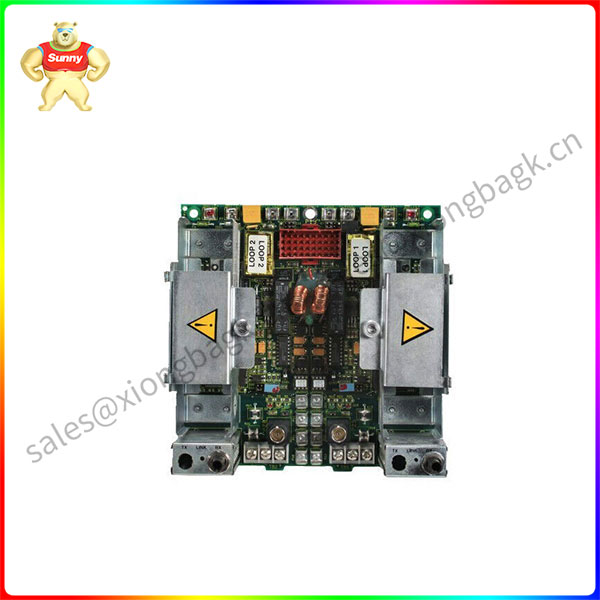In today’s era of pursuing quality, whether it is a high-end new energy battery or a smart phone in our hands, every high-quality product cannot be separated from precision quality testing. However, quality inspection is challenging when it comes to subtle defects on highly reflective or transparent surfaces. As a result, a new 2.5D vision technology has quietly emerged.
NTCF22 Old pain new solution: Two big advantages of 2.5D vision
1. Go beyond 2D to gain insight into micron defects
In the past, scratches, bumps and smudges on high-gloss transparent materials often became “blind spots” for the 2D vision system. But 2.5D vision can cleverly remove the impact of background interference and surface reflection, it not only captures flat information, but also reflects changes in surface depth, which means that even micron level flaws have nowhere to hide. This high-contrast defect display allows details such as scratches, bumps, and dirt to be seen at a glance, providing unprecedented accuracy for product quality inspection.
2. Standardization and multi-function
Traditional inspection schemes often need to customize special equipment for different defects, which is not only costly, but also low standardization. The 2.5D vision technology is very different, it only needs a single light source to detect multiple types of defects at the same time, and is not limited by Angle, which greatly improves the versatility and efficiency of the solution. More importantly, it can output multiple types of results in one shot, from small bumps to complex scratches to tiny stains, showing a powerful composite detection function.

NTCF22
With these significant advantages, 2.5D vision technology is rapidly becoming the new darling of new energy, 3C electronics, automotive manufacturing, optical components, metal processing, panel film and other industries.
Hikang robot high-speed linear array 2.5D vision inspection system
NTCF22 As the head enterprise of products and solutions in the field of machine vision, Hikang Robot has launched a high-speed linear array 2.5D vision inspection system this year, which integrates high-speed linear array camera, program-controlled stripe light source, light source controller, acquisition card, debugging accessories, and client software. It provides one-stop service for hardware and software products, which is convenient to use. The system configuration is flexible, can be matched with different resolutions of line array cameras, different specifications of programmed light sources, to meet the needs of different detection formats and accuracy of diverse scenes.
According to user feedback, Hikang robot’s 2.5D vision inspection system is equivalent to an easy-to-use super glasses, and with it, the defect detection of highly reflective or transparent objects becomes super simple.
In this regard, Hikang robot technicians said that the built-in stripe pattern of multiple modes in the 2.5D system can automatically respond to the matching light source pattern according to different operation scenes, truly reflecting the light and dark distribution of the object surface; The system supports one-click detection, and can quickly output 7 algorithm result graphs to fully display a variety of defects. Users can easily set the parameters of the 2.5D system in the 2.5D client software of Hikang robot, integrate a variety of debugging tools, and improve operation efficiency.
At the same time, the high-speed linear array 2.5D vision inspection system supports the connection of VM algorithm platform for defect identification, achieving the full process of high-precision imaging and defect identification.
 中文版
中文版




